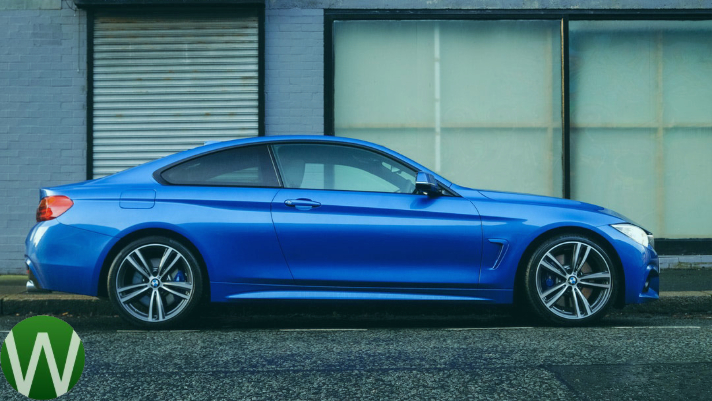Reversing around a corner is one of the more difficult driving techniques and a task that is often requested as part of the driving test.
There are a few stages to the process and as long as each part is executed correctly the overall task can be accomplished with expert precision.
The Approach Phase
To show other traffic that the intention is to navigate the corner, not make the turn, the indicator should be used directly after the junction has been reached.
It is useful to check and see what the traffic conditions are like on the road being reversed into. If it is busy extra care will be required when turning. Bring the car to a stop half a metre from the kerb and approximately two car lengths after the junction.
Cancel the indicator. The seat-belt can be released to do full visual check if required.
Executing The Turn
Once it has been established that the road is clear reverse gear should be engaged and the car can move off very slowly.
No signal is required. Full visual checks on all mirrors should be maintained at this time. When the vehicle reaches the apex of the corner the kerb will disappear from the rear view and side mirror.
As this happens the steering wheel must be turned an appropriate amount to the left. A steady walking pace should be used throughout the manoeuvre.
Points To Note
It is important to remember that the front of the car will swing right so continuous checking on both sides is imperative.
If any traffic, cyclists or pedestrians appear, either on the road being reversed from, or the one being driven into, then it is essential to stop until the coast is clear.
If a vehicle stops as it cannot pass then the car must be returned to its original position and the process started again.
Completing The Turn
Once the corner has been successfully navigated straighten the steering before bringing the car to a stop two car lengths from the junction and half a meter from the kerb.
Continue to check rear view and side mirrors until fully at a standstill.





